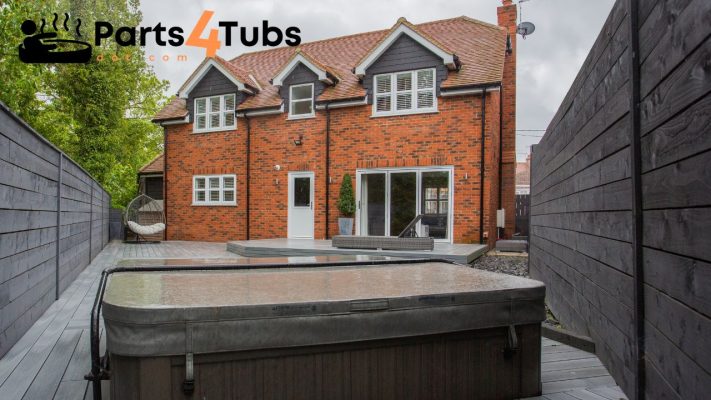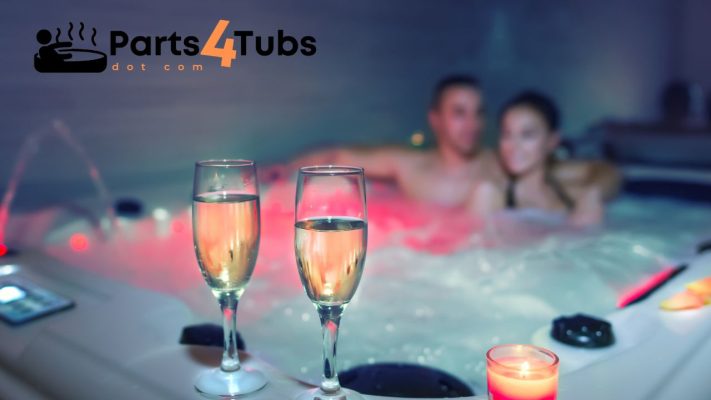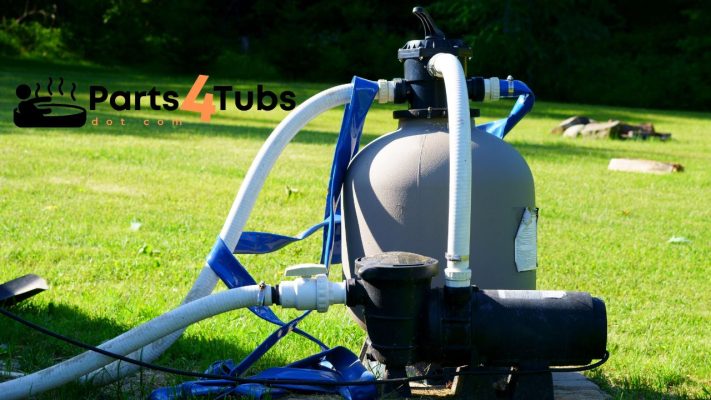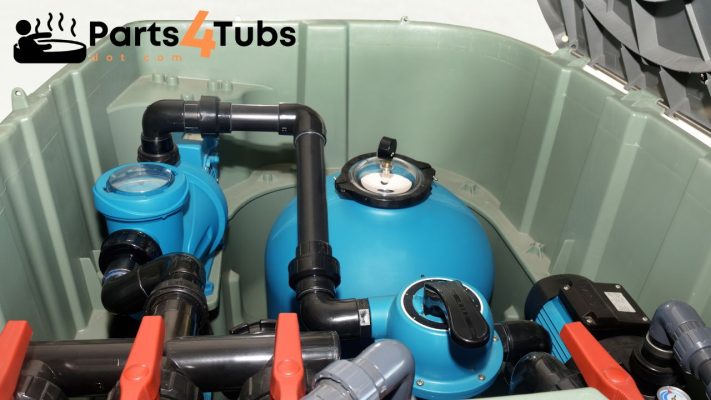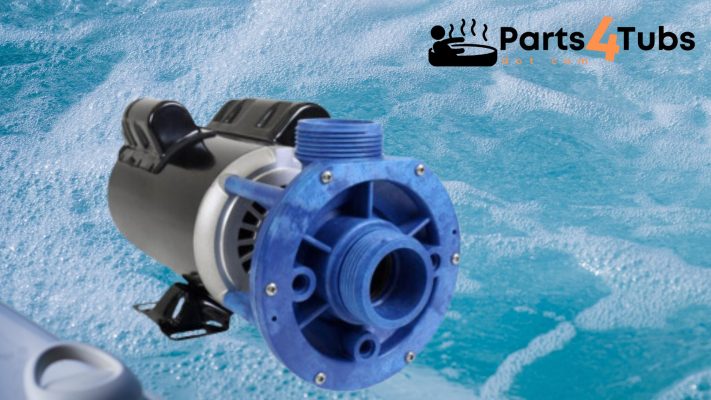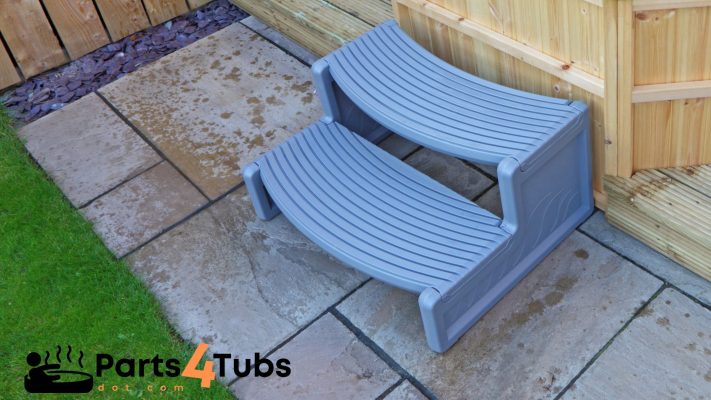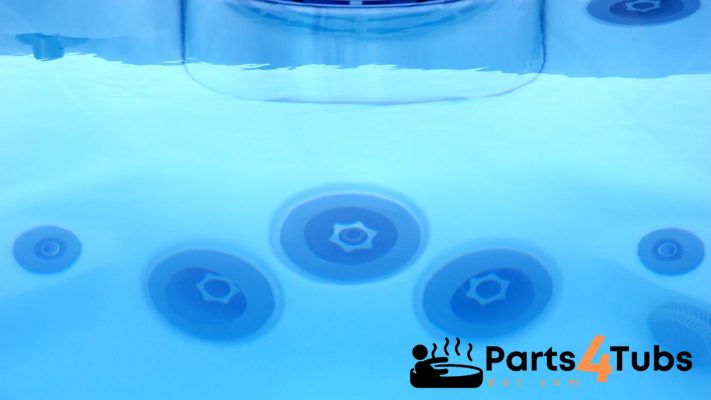Hot Tub Parts Related
Cloudy water in a Hot Tub?; A Comprehensive Guide for Crystal Clear Hot Tub Bliss
Cloudy water in a hot tub; not what you want! As a hot tub design consultant and the founder of parts4tubs.com, I understand the importance of clean and clear water in a hot tub.
Cloudy water not only detracts from the visual appeal but also indicates potential issues with water quality.
In this comprehensive guide, I will take you through the various causes of cloudy water in a hot tub and provide practical solutions to help you achieve crystal clear water for an optimal hot tub experience.
Understanding Cloudy Water in a Hot Tub:
Cloudy water in a hot tub can have various causes, and understanding these factors is crucial for effectively addressing the issue. The main causes of cloudy water in a hot tub include:
Suspended Particles:
Small particles, such as dirt, debris, body oils, lotions, and cosmetics, can become suspended in the water, leading to cloudiness. These particles are often introduced by bathers or can enter the hot tub from external sources.
Imbalanced Water Chemistry:
Poorly balanced water chemistry is a common cause of cloudy water. When the pH, alkalinity, or sanitizer levels are not within the recommended ranges, it can result in hazy or murky water. Imbalanced water chemistry can also contribute to the growth of bacteria and algae, further exacerbating cloudiness.
High Total Dissolved Solids (TDS):
Total Dissolved Solids refer to the accumulated minerals, chemicals, and other substances dissolved in the water. When TDS levels are high, it can lead to cloudy water. This often occurs when the water has not been changed for an extended period or when there is an excessive use of chemicals.
Inadequate Filtration:
Insufficient filtration or a clogged or dirty filter can hamper the removal of particles from the water, leading to cloudy water. If the filter is not properly maintained or if it has reached its maximum capacity, it may not effectively remove contaminants, resulting in reduced water clarity.
Environmental Factors:
External factors such as pollen, dust, leaves, and other outdoor debris can find their way into the hot tub, contributing to cloudiness. Additionally, exposure to sunlight for extended periods can promote the growth of algae, causing the water to appear cloudy.
The Role of Filtration: Preventing Cloudy Water In a Hot Tub
Filtration plays a crucial role in avoiding cloudy water in a hot tub. The primary function of the filtration system is to remove particles, debris, and contaminants from the water, promoting clarity and cleanliness. Here are the key roles of filtration in maintaining clear water:
Particle Removal:
The hot tub’s filter traps suspended particles such as dirt, dust, body oils, lotions, and other debris that enter the water. As the water passes through the filter media, these particles get trapped, preventing them from recirculating and causing cloudiness.
Water Circulation:
The filtration system helps in maintaining proper water circulation throughout the hot tub. By continuously cycling the water through the filter, it ensures that all areas of the hot tub receive adequate filtration, preventing stagnation and the accumulation of impurities.
Contaminant Removal:
Filtration plays a crucial role in removing contaminants that can contribute to cloudy water. It effectively removes organic matter, such as bacteria, algae, and other microorganisms, which can cause water discoloration and cloudiness. By removing these contaminants, the filter helps to maintain water clarity and hygiene.
Enhanced Sanitization:
A clean and properly functioning filter assists in the effectiveness of the hot tub’s sanitization system. When the water is free from debris and contaminants, it allows the sanitizer (e.g., chlorine or bromine) to work more efficiently. The sanitizer can reach all areas of the water, effectively disinfecting and preventing the growth of algae and bacteria.
To ensure that filtration effectively prevents cloudy water, it is essential to follow these best practices:
Regular Maintenance:
Clean or replace the filter cartridge as recommended by the manufacturer. A dirty or clogged filter will hinder its ability to remove particles effectively. Cleaning the filter regularly ensures optimal filtration performance.
Adequate Run
Time: Run the filtration system for a sufficient duration to ensure thorough water circulation and filtration. The recommended run time may vary based on the hot tub’s size, usage, and manufacturer guidelines.
Proper Chemical Balance:
Maintain proper water chemistry by regularly testing and adjusting the pH, alkalinity, and sanitizer levels. Balanced water chemistry promotes effective filtration and helps prevent cloudiness.
Backwashing (for Sand Filters):
If your hot tub has a sand filter, perform regular backwashing to remove trapped debris and improve filtration efficiency. This process involves reversing the water flow to flush out accumulated particles from the filter.
III. Water Chemistry Management: Preventing Cloudy Water In a Hot Tub
Proper water chemistry management is essential for maintaining a clean and healthy hot tub environment. By understanding and maintaining the correct levels of various chemical parameters, you can prevent cloudy water and ensure a pleasant soaking experience. Here’s a comprehensive guide on water chemistry management and its role in avoiding cloudy water in a hot tub:
Importance of Water Chemistry Management:
A. Water quality affects the clarity, safety, and overall enjoyment of your hot tub.
B. Proper water chemistry prevents the growth of bacteria, algae, and other contaminants.
C. Maintaining balanced water chemistry extends the lifespan of your hot tub components.
Key Parameters for Water Chemistry:
A. pH Level:
1. Optimal range: 7.2-7.8.
2. High pH causes cloudy water and reduces the effectiveness of sanitizers.
3. Low pH can lead to corrosion and skin/eye irritation.
B. Total Alkalinity:
1. Recommended range: 80-120 ppm.
2. Alkalinity stabilizes pH and helps prevent pH fluctuations.
C. Sanitizer Levels:
1. Chlorine or bromine is commonly used for disinfection.
2. Maintain appropriate sanitizer levels to kill bacteria and prevent cloudiness.
D. Calcium Hardness:
1. Desired range: 150-250 ppm.
2. Low calcium hardness can cause corrosive water, while high levels lead to scale buildup.
III. Testing and Adjusting Water Chemistry:
A. Regular testing using reliable test kits or digital meters.
B. Test and adjust pH, alkalinity, sanitizer, and calcium hardness levels as needed.
C. Follow the manufacturer’s guidelines and local health regulations.
D. Make adjustments gradually to avoid sudden fluctuations.
Water Balancing and Treatment:
A. pH Adjustment:
1. Use pH increaser (sodium bicarbonate) to raise pH if it is too low.
2. pH decreaser (sodium bisulfate or muriatic acid) lowers pH if it is too high.
B. Alkalinity Adjustment:
1. Alkalinity increaser (sodium bicarbonate) raises alkalinity levels.
2. Alkalinity decreaser (muriatic acid) lowers alkalinity levels.
C. Sanitization:
1. Regularly add chlorine or bromine to maintain proper sanitizer levels.
2. Shock the hot tub periodically to eliminate contaminants.
D. Calcium Hardness Adjustment:
1. Use calcium increaser to raise calcium hardness.
2. If calcium hardness is too high, partially drain and refill the hot tub.
Additional Tips for Water Clarity:
A. Regularly clean and maintain the hot tub’s filtration system.
B. Shock the hot tub after heavy usage or when water appears dull.
C. Keep bathers clean by showering before entering the hot tub.
D. Minimize the introduction of oils, lotions, and detergents into the water.
Tackling High Total Dissolved Solids (TDS):
High TDS levels can lead to cloudy water and affect water quality. Total dissolved solids are a measure of the cumulative amount of minerals, chemicals, and other substances dissolved in the water. Monitoring TDS levels is essential, and if they exceed recommended limits, partial or complete water replacement may be necessary to reduce the accumulated solids and restore water clarity.
Enhancing Hot Tub Maintenance:
Regular maintenance practices play a significant role in preventing cloudy water. Create a comprehensive maintenance checklist to ensure the longevity of your hot tub and maintain clear water. This includes cleaning the surfaces, skimmers, and filters regularly, balancing sanitizer levels, and ensuring proper water circulation. Educate hot tub users about proper water usage and maintenance practices to minimize the introduction of contaminants.
Proactive Prevention:
Prevention is always better than cure when it comes to cloudy water. Encourage hot tub users to shower before entering the hot tub to minimize the introduction of oils, lotions, and other substances that can contribute to cloudiness. Additionally, consider using water care products specifically formulated for hot tubs to maintain water clarity and prevent future issues.
Conclusion:
By following this comprehensive guide, you can bid farewell to cloudy water and create a hot tub experience with crystal clear water. Regular maintenance, effective filtration, balanced water chemistry, and proactive prevention will ensure a refreshing and enjoyable hot tub oasis in your own backyard. Say goodbye to cloudy water and say hello to pure hot tub bliss.
Happy Hot Tubbin’
Andi
Can I Help You?
If I can help you in any way I would love to hear from you. You can get in touch using the form below.
Thanks - Andi


